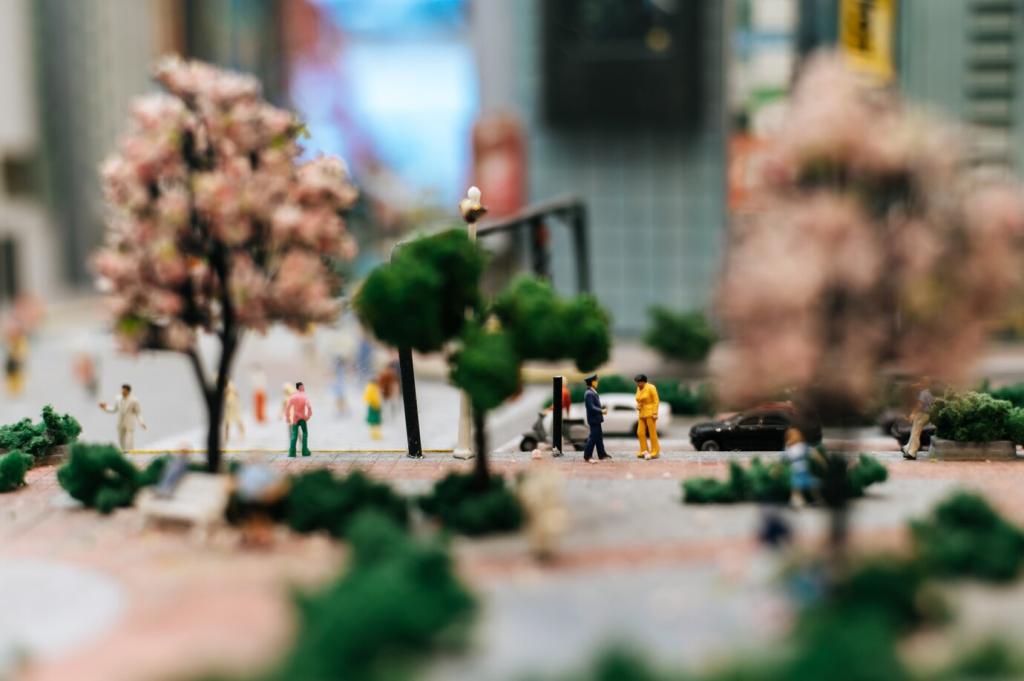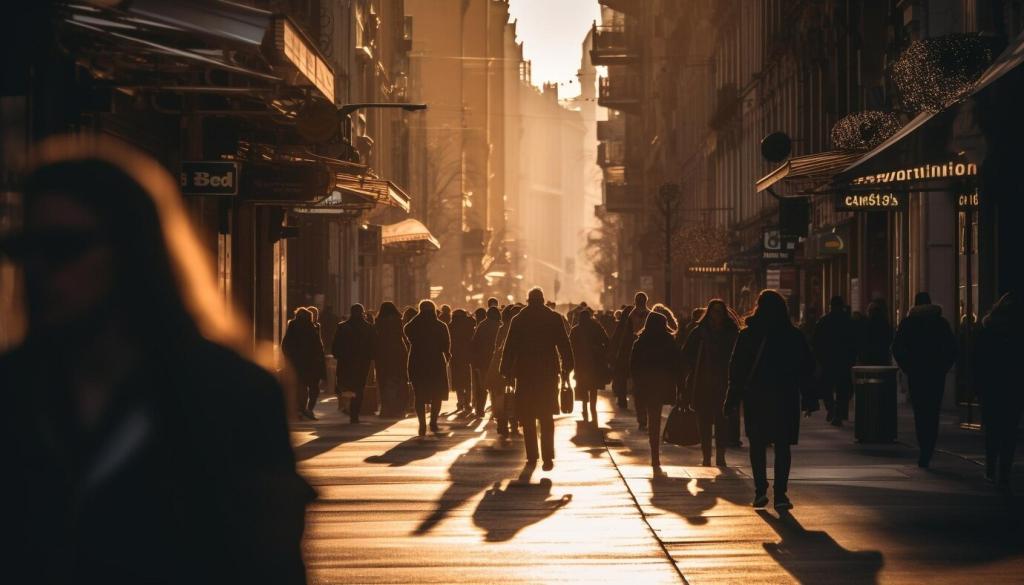The world’s great cities are well-trodden, but beyond the famous capitals and buzzing metropolises lie urban gems waiting to be explored. Underrated urban destinations offer travelers a more authentic, crowd-free experience and a chance to discover bubbling creativity, unique history, and vibrant local culture. Each destination tells its own story through architecture, cuisine, and unexpected adventures. This guide takes you beyond the expected, inviting you to immerse yourself in lesser-known cities teeming with color, character, and warmth. Whether you seek hidden corners full of heritage or up-and-coming neighborhoods abuzz with youthful energy, these underrated urban destinations promise memorable journeys well worth embarking on.
A Crossroads of Cultures
Tbilisi’s unique location at the crossroads of continents is evident in its diverse influences, with Orthodox churches, Persian-style baths, and modernist towers sharing the same skyline. The city’s layout, shaped by centuries of conquest and commerce, tells the tale of a multifaceted past. Wandering through the Old Town, you’ll find labyrinthine alleys flanked by vividly painted wooden balconies and lively courtyards. This architectural patchwork mirrors the cultural richness brought by Silk Road traders, making Tbilisi a living testament to coexistence.
The Bohemian Pulse
Despite its ancient roots, Tbilisi boasts a dynamic creative scene. The city pulses with an infectious bohemian energy, thanks to avant-garde galleries, independent theaters, and hip underground bars. Young artists have reclaimed abandoned buildings, transforming them into hubs for experimentation and performance. Cafés spill into leafy parks, while nightclubs keep the city awake until dawn. This spirit of reinvention draws in travelers who seek more than surface-level tourism, offering genuine immersion in a city forging its own contemporary identity.
Culinary Surprises
Tbilisi’s food scene is a celebration of flavor and hospitality. Traditional Georgian dishes like khinkali dumplings and khachapuri cheese bread are mainstays, but innovative chefs infuse them with modern twists. Local markets brim with fresh produce, sweets, and aromatic spices. Guests are often welcomed with toasts of locally produced wine—after all, Georgia is considered the birthplace of viticulture. Sampling Tbilisi’s culinary offerings is not only delicious but also deeply connected to the city’s sense of community and tradition.


Architectural Splendor
Puebla’s UNESCO-listed historic center is a visual feast, with over 2,600 colonial buildings adorned in colorful tiles and intricate facades. Opulent churches and elegant plazas speak to the city’s long-standing importance as a trade and religious hub. The cityscape invites slow exploration, whether by foot or horse-drawn carriage. Restored mansions and hidden courtyards reveal layers of history, while nearby forts recall significant moments in Mexico’s fight for independence.
Artistic Renaissance
Beyond its storied streets, Puebla is in the midst of a cultural reawakening. New galleries and museums have arisen alongside historic institutions, cultivating a thriving environment for local artists and innovators. Murals, sculptures, and installations dot the city, reflecting contemporary themes and traditional motifs. Annual festivals and open-air art markets invite both locals and visitors to engage with Puebla’s evolving creative scene, ensuring that the city’s legacy remains vibrantly alive.
Gastronomic Mecca
Puebla is a paradise for food enthusiasts, renowned as the birthplace of mole poblano, a richly spiced sauce considered the soul of Mexican cuisine. Local markets overflow with fresh produce, chilies, and artisan sweets like the famous camotes. In recent years, innovative chefs have put their own spin on regional dishes, establishing Puebla as both a guardian and innovator of gastronomic tradition. Dining here isn’t just sustenance—it’s a journey through history, technique, and delicious ingenuity.
Kaunas: Lithuania’s Undiscovered Cultural Hub
Kaunas is famed for its distinctive interwar architecture, which shaped much of the city during its brief tenure as Lithuania’s capital. Sleek, functionalist buildings sit alongside ornate structures from previous eras, creating a dynamic urban tapestry. Locals take pride in preserving this unique heritage, which has earned the city recognition from UNESCO. Walking the leafy boulevards, visitors feel transported to an era of optimism and creativity that still reverberates through Kaunas today.

Dundee: Scotland’s Renowned Renaissance City

Dundee’s electric resurgence is nowhere more evident than on its revitalized waterfront. Once an industrial dockland, the area now features landmark attractions like the V&A Dundee, a stunning museum dedicated to design. Walkways along the river reveal public art, historic ships, and panoramic vistas of the Tay, inviting residents and travelers alike to rediscover the city’s maritime roots from a bold, new perspective.
Valparaíso: Chile’s Cliffside Canvas
Valparaíso is a city best explored on foot by climbing its many steep staircases. Each ascent reveals new vistas of the sparkling bay below and the city’s dazzling rooftops. Unexpected murals and mosaics appear around corners, adding surprise and delight. The intricate network of funicular railways has become emblematic of Valparaíso, linking neighborhoods and providing not just transport, but a sense of community among hills that hide centuries of stories.

Halifax’s iconic harborfront is a lively gathering place where history comes alive. The boardwalk is lined with heritage buildings, sleek boutiques, and a variety of eateries. Tall ships, naval vessels, and fishing boats dot the harbor, each adding a new layer to the city’s maritime narrative. Interactive museums and tours share stories of immigration, piracy, and shipwrecks, offering an immersive dive into Nova Scotia’s fascinating past.

Kobe: Japan’s Seaside Cosmopolitan Oasis
Harborland and Architectural Wonders
Kobe’s skyline glistens above its bustling harbor, where contemporary buildings rise beside historic brick warehouses. The city’s port area, Harborland, is a hotspot for entertainment and retail, punctuated by sweeping promenades and ferris wheels lit against the night. Kobe’s architecture—having weathered both natural disasters and economic booms—embodies resilience and cutting-edge design, giving the city a sophisticated yet approachable character.
Multicultural Heritage
As one of Japan’s first ports to open to the world, Kobe’s past is marked by waves of international influence. Western-style houses in the Kitano quarter speak to the city’s cosmopolitan roots, while Chinatown buzzes with energy and the aromas of diverse cuisines. Kobe’s festivals and public squares are rich with traditions borrowed from East and West, reflecting a harmonious blending of cultures and ideas.
From Mountains to Sake Breweries
Kobe’s unique geography means nature is never far away. The city is cradled by the lush Rokko Mountains, offering hiking, panoramic views, and natural hot springs. Down by the river, traditional sake breweries open their doors to curious visitors, providing both history lessons and tastings. Whether ascending a forested peak or sipping sake crafted by centuries-old families, visitors relish the seamless interaction between urban sophistication and natural tranquility.
